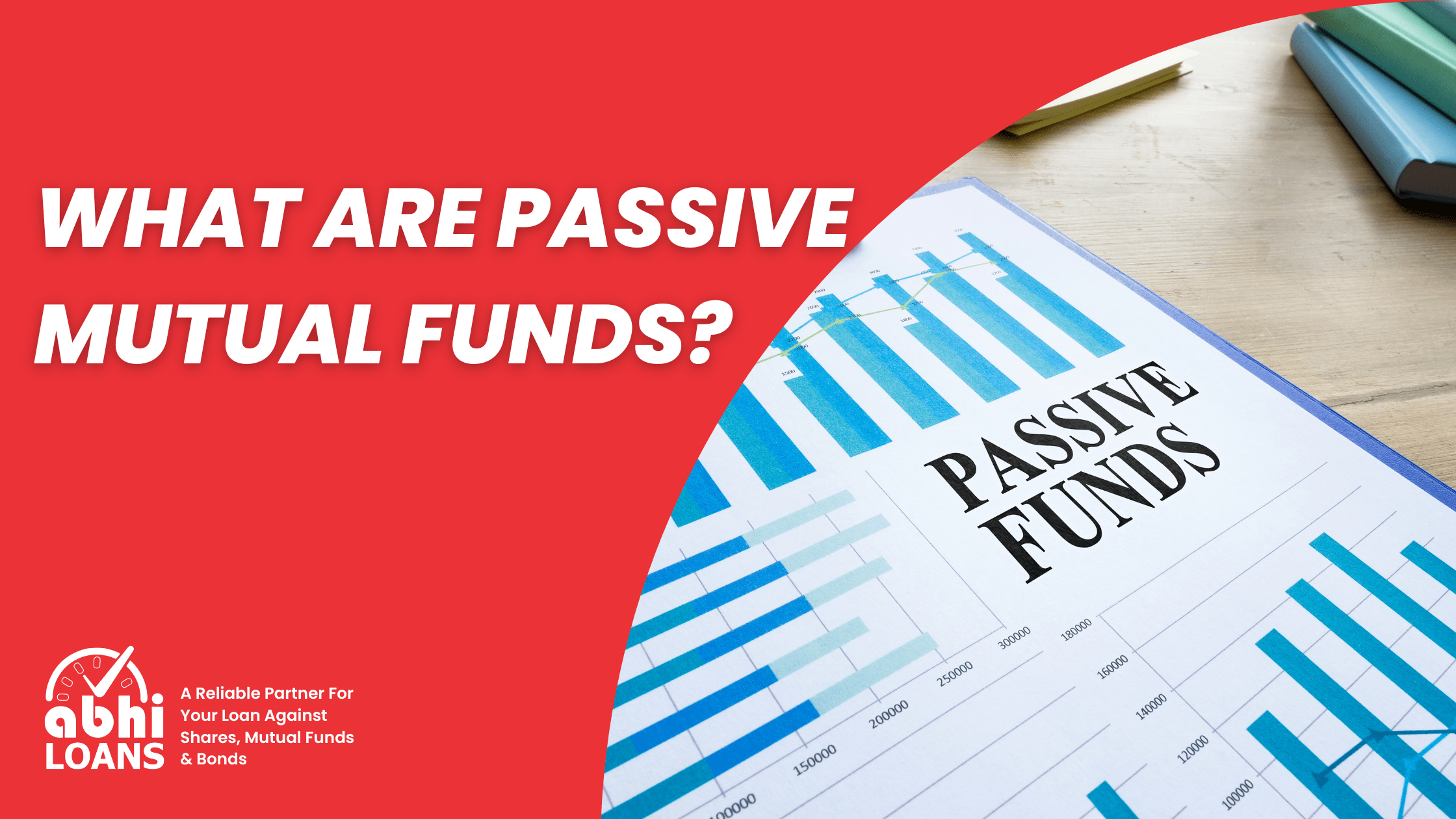What are Passive Mutual Funds?
In the arena of making an investment, ‘mutual funds’ regularly receive tossed around like confetti at a party. But within this expansive world of investment options lies a lesser-regarded gem: passive mutual funds. So, what precisely are passive mutual funds, and why should you care about them? Let’s learn it in this blog piece.
Understanding Mutual Funds
Mutual fund is no new term to experienced investors. However, if you are a beginner willing to generate wealth in the long run, understanding what exactly they are and how they work is crucial for you.
Essentially, mutual funds are investment vehicles that pool money from various investors and invest it in a diversified portfolio of shares, bonds, or different securities. Managed by seasoned fund managers, mutual funds offer a convenient way for people to invest money on various assets.
The Passive Approach
Passive investing is a strategy, typically aimed at generating wealth in the long run. Passive investment replicates the composition of stock market indices like Nifty 50 or BSE Sensex.
Also, note that when a passive fund fails to accurately replicate the movement of the underlying index, the investor may experience tracking error. Tracking error refers to the deviation between the benchmark index returns and the scheme’s returns.
Here, the role of a fund manager is to ensure the fund accurately tracks the index. And they don’t need to focus on benchmark beating returns, unlike active funds. Essentially, the fund manager of passive funds assume a restrained role for themselves.
How Do Passive Mutual Funds Work?
Passive mutual funds generally track a particular index by retaining the identical securities within the same proportions as the index itself. For example, if you invest money in a passive mutual fund that tracks the S&P 500, the fund’s portfolio will consist of the identical shares that comprise the S&P 500 index.
The Role of Indexing
At the heart of passive mutual funds lies the idea of indexing. Indexing entails constructing a portfolio that mirrors the components of a selected market index. By doing so, passive mutual funds aim to achieve returns that closely fit the overall performance of the index they track.
Benefits of Passive Mutual Funds
Lower Costs: One of the known benefits of passive mutual funds is their decreased expense ratio as compared to active funds. Since passive funds aim to replicate an index in preference to actively traded securities, they incur fewer buying and selling fees and control charges.
Diversification: Passive mutual funds offer buyers instantaneous diversification across a vast spectrum of assets. By investing in a single fund, you gain exposure to a wide range of stocks or bonds, spreading out your risk inside the process.
Consistency: With passive mutual funds, investors can expect constant returns over the long term. While fund managers who actively manage mutual funds may sometimes beat the market, studies have proven that most of them fail to outperform their benchmark indices consistently.
Transparency: Passive funds foster a high degree of transparency. Since they aim to replicate or mimic the performance of an index, investors can effortlessly track the fund’s holdings and performance in opposition to its benchmark.
Who Should Consider Investing in Passive Mutual Funds?
Passive mutual funds are in particular suitable for investors seeking long-growth and simplicity in their funding method. For investors looking for a simple investment strategy without the complexities of choosing stocks, passive mutual finances can be an ideal option for their investment portfolio.
Choosing the Right Passive Mutual Fund
Selecting a passive mutual fund calls for considering the fund’s expense ratio, monitoring errors (the variance between the fund’s performance and its benchmark), and recognizing the reputation of the fund manager. Besides, examine whether or not the fund aligns with your funding financial objectives, risk tolerance, and time horizon.
Conclusion
In the ever-evolving panorama of making an investment, passive mutual funds emerge as an effective choice for investors searching for simplicity, diversification, and constant returns. By tracking market indices and adopting a hands-off strategy, these funds offer a convenient way to join the growth of the financial market.
While passive mutual funds may not promise the fun of chasing alpha or beating the market, they offer a solid foundation for creating wealth over the long run. So, the subsequent time you are thinking about where to park your hard-earned cash, don’t neglect the strength of passive mutual funds in shaping your economic future.
FAQs
Q: Are passive mutual funds right for only seasoned investors?
Not in any respect! Passive mutual funds are suitable for all investors. Their trustworthy technique and low management expenses make them suitable for novices and pro investors alike.
Q: How are passive mutual funds different from active funds?
While active funds depend on professional fund managers to select and trade securities to outperform the market, passive funds replicate the performance of a specific market index. This difference in approach results in decreased management fees.
Q: Can I personalize my investments with passive mutual funds?
Passive mutual funds typically provide limited customization options because they intend to reflect the components of a selected index. However, investors can select from a variety of passive funds tracking exceptional indices to align with their financial goals and risk appetite.
Q: What are the risks related to passive funds?
While passive mutual funds provide benefits such as diversification and decreased management costs, they’re subject to market risks. Fluctuations within the underlying index can affect the fund’s overall performance, and investors may experience losses when the market is down.
Q: Which passive mutual fund is good for me?
When selecting a passive mutual fund, consider factors such as your investment goals, risk tolerance, and time horizon. Evaluate the fund’s expense ratio, tracking error, and historical performance against its benchmark to ensure it aligns with your financial goals.

